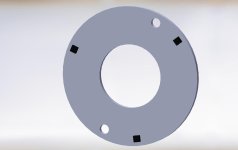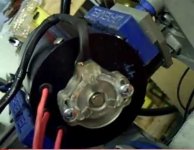deVries
100 kW
I keep bouncing against that "fet-wall" don't I.liveforphysics said:Bingo.johnrobholmes said:The EV logic amp limiter would not solve the half throttle heating issue, it may make it worse by causing more partial throttle use.
Ok, here's another idea... why not just use a smaller gauge wire to the motor from the ESC to prevent it from sucking enough amps to burn-up the ESC?
Is this possible?



